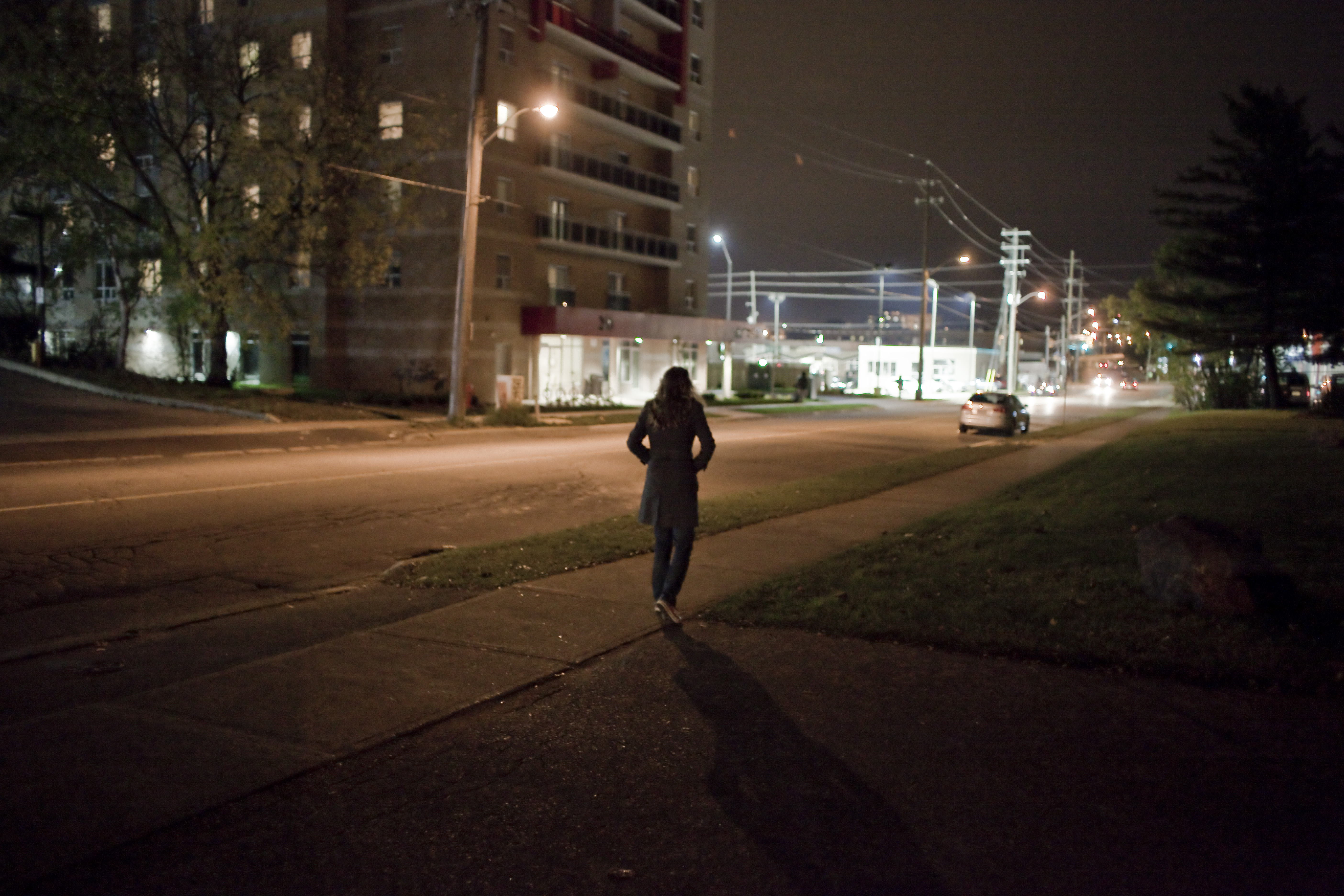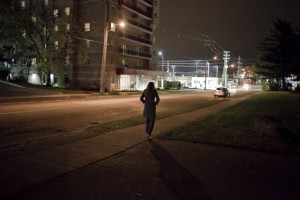Do you feel safe in your neighbourhood?


In the past six weeks, there have been three assaults — two of which were of a sexual nature — in areas surrounding Wilfrid Laurier University.
In all three instances, the victims were female.
Since then, questions surrounding student safety have arisen about what local and campus police are doing to prevent such incidences from occurring.
Special Constables operations manager Chris Hancocks does not think that there has been an unexpected rise in such cases this semester.
“No, not anything abnormal,” he said. ”There’s been a couple of high-profile sexual assaults of late, but no trending.”
Despite the fact that these incidents do not represent a spike in occurrences, Hancock said that Special Constables have increased their patrolling in the Hazel, Hickory and Albert Streets areas.
“Regional police have also stepped up their patrols. They’re actively investigating the most recent one plus the other ones as well,” he added.
A notice from the Waterloo Regional Police Service was posted to the Laurier website on Tuesday, alerting students to a sexual assault that took place on Friday. A young woman was walking through the Veterans’ Green across from the university entrance at about 8:15 p.m., when she was approached from behind by a male on a bicycle and sexually assaulted.
“We have more resources put into that than any other area for this station,” said Paul Driedger, a staff sergeant with WRPS.
“[There are] people that are walking the beat and also on bicycles as well that try to keep as close a tab on that kind of activity as we can, and that’s in addition to the mobile patrol that we have in the area.”
Driedger assured that there is no shortage of law enforcement officials in the area.
The demographic of perpetrators behind these crimes was also addressed.
According to Driedger, “it’s a mixed bag.”
“You’ve got people that are from out of town but you also have students as well that are offenders … It’s not a pattern that you can specifically identify at all” he said.
Hancocks added, “We are open to the public; anybody and everybody can come here and they can walk unfettered into the campus and they can walk out.”
He explained that police services also depend on the student population to report incidences.
“We do our best to confront those people, stop those people, prevent things from happening but we also rely on the 15,000 students that are here to report these things,” he said.
Given the open and inclusive nature of the campus, an obvious issue is whose responsibility it is to prevent such crimes.
“There should be a balance,” said third-year student Alison Reinhardt. “If there’s something wrong on campus like safety I should take initiative as a student and say, ‘okay, I should be on the lookout and be aware of issues.’”
Expressing the futility of preventing such incidents, third-year history student Matt Booth said, “There are a lot of students, that’s a really vulnerable environment … We could have a million constables on campus and these things would still happen.”
Such incidents cannot be wholly prevented. The student body has been asked to be aware of their environment and be vigilant while traveling not only at high risk times, but all the time.
Hancock summed up that these problems are “everyone’s responsibility: male, female, student [and] non-student.”

